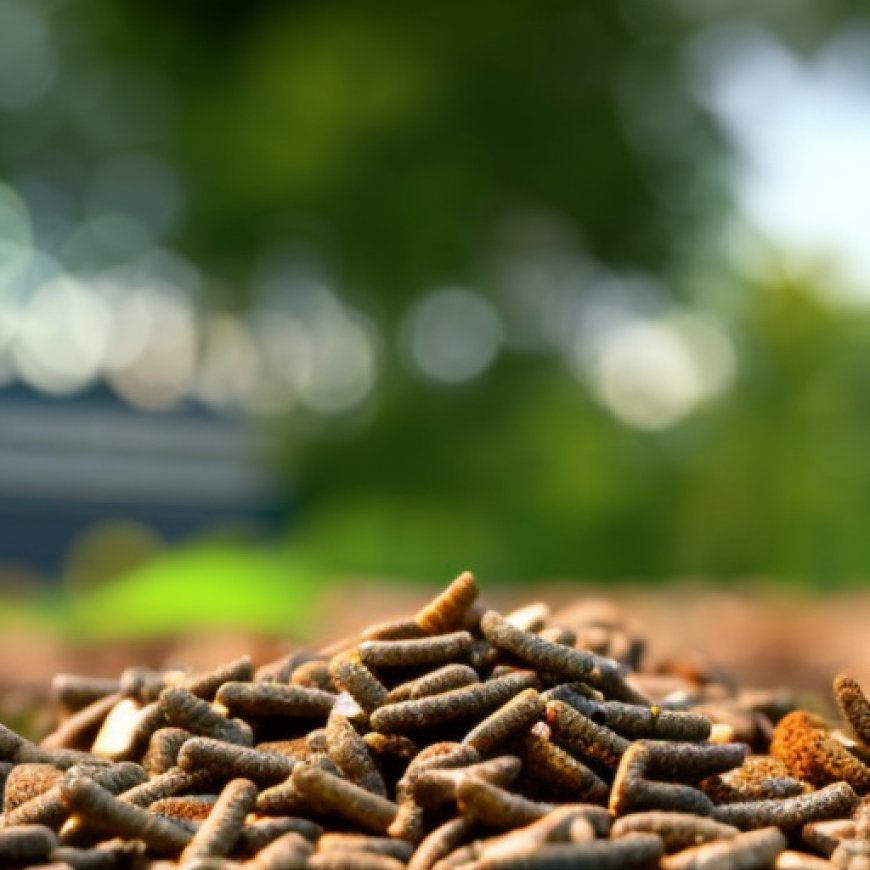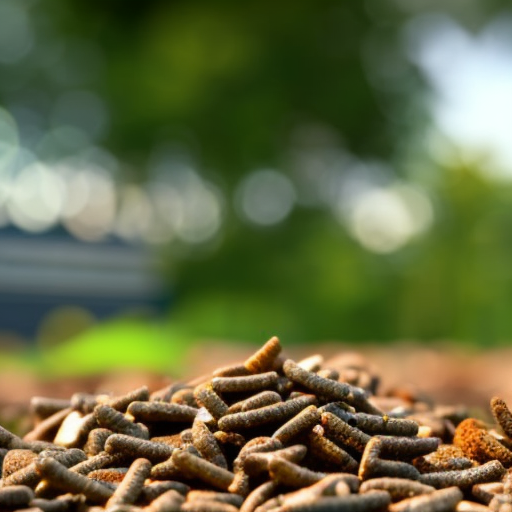Asbestos in playground mulch: how to avoid a repeat of this circular economy scandal
Asbestos in playground mulch: how to avoid a repeat of this circular economy scandal The Conversation Indonesia


Scandal is damaging for the circular economy
Asbestos has been found in mulch used for playgrounds, schools, parks, and gardens across Sydney and Melbourne. Local communities fear for the health of their loved ones as exposure to asbestos can lead to chronic lung diseases. The contamination is believed to be from timber waste from construction and demolition sites that was turned into mulch. So far, 60 locations in Sydney and 12 in Melbourne have been identified as contaminated with asbestos. An investigation in Queensland also detected asbestos in one compost and one mulch product. This scandal is considered the largest in Australia’s circular economy, which aims to be more sustainable by recycling and reusing materials.
Regulations don’t go far enough
Under NSW legislation, mulch must not contain asbestos or other contaminants. However, it is not mandatory for suppliers to test for contaminants in mulch, and there are no specified procedures to ensure mulch is asbestos-free. Existing policies and regulations have failed to prevent mulch contamination, highlighting the need for effective strategies to ensure a circular economy does not go wrong.
Why isn’t certification standard practice?
Research conducted by RMIT University’s Construction Waste Lab (CWL) found that only a small number of industry professionals were aware of certification schemes for recycled materials in Australia. Lack of awareness and prioritization were identified as barriers to the uptake of these schemes. Encouragement, education, and enforcement are necessary to integrate certification schemes into sustainable procurement practices. This will ensure the quality, performance, environmental friendliness, and safety of recycled products.
What more can be done?
To encourage builders to use certification schemes for recycled materials, the Green Building Council of Australia provides a list of endorsed certifiers. The research identified seven major drivers for adopting certification schemes, including improved quality control and assurance, risk mitigation, and meeting sustainability targets. Effective reforms of waste regulations and directories of approved recyclers are also crucial to ensure access to quality, uncontaminated recycled materials.
SDGs, Targets, and Indicators
1. SDGs Addressed or Connected to the Issues
- SDG 3: Good Health and Well-being
- SDG 11: Sustainable Cities and Communities
- SDG 12: Responsible Consumption and Production
2. Specific Targets Based on the Article’s Content
- SDG 3.9: By 2030, substantially reduce the number of deaths and illnesses from hazardous chemicals and air, water, and soil pollution and contamination.
- SDG 11.6: By 2030, reduce the adverse per capita environmental impact of cities, including by paying special attention to air quality and municipal and other waste management.
- SDG 12.4: By 2020, achieve the environmentally sound management of chemicals and all wastes throughout their life cycle, in accordance with agreed international frameworks, and significantly reduce their release to air, water, and soil to minimize their adverse impacts on human health and the environment.
3. Indicators Mentioned or Implied in the Article
- Presence of asbestos in mulch used for playgrounds, schools, parks, and gardens.
- Number of locations identified as contaminated with asbestos.
- Awareness and support for certification schemes for recycled materials.
Table: SDGs, Targets, and Indicators
| SDGs | Targets | Indicators |
|---|---|---|
| SDG 3: Good Health and Well-being | Target 3.9: By 2030, substantially reduce the number of deaths and illnesses from hazardous chemicals and air, water, and soil pollution and contamination. | Presence of asbestos in mulch, which poses a serious health risk and may lead to chronic lung diseases. |
| SDG 11: Sustainable Cities and Communities | Target 11.6: By 2030, reduce the adverse per capita environmental impact of cities, including by paying special attention to air quality and municipal and other waste management. | Number of locations identified as contaminated with asbestos due to improper waste management. |
| SDG 12: Responsible Consumption and Production | Target 12.4: By 2020, achieve the environmentally sound management of chemicals and all wastes throughout their life cycle, in accordance with agreed international frameworks, and significantly reduce their release to air, water, and soil to minimize their adverse impacts on human health and the environment. | Awareness and support for certification schemes for recycled materials to ensure their quality, performance, environmental friendliness, and safety. |
Behold! This splendid article springs forth from the wellspring of knowledge, shaped by a wondrous proprietary AI technology that delved into a vast ocean of data, illuminating the path towards the Sustainable Development Goals. Remember that all rights are reserved by SDG Investors LLC, empowering us to champion progress together.
Source: theconversation.com

Join us, as fellow seekers of change, on a transformative journey at https://sdgtalks.ai/welcome, where you can become a member and actively contribute to shaping a brighter future.







